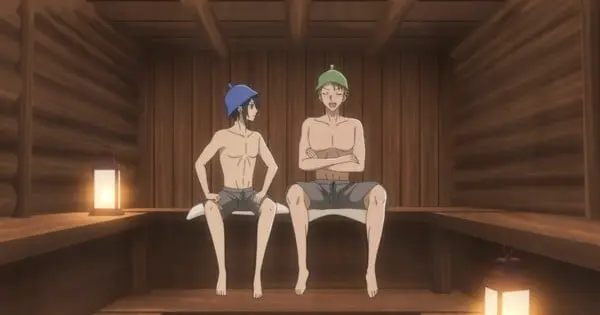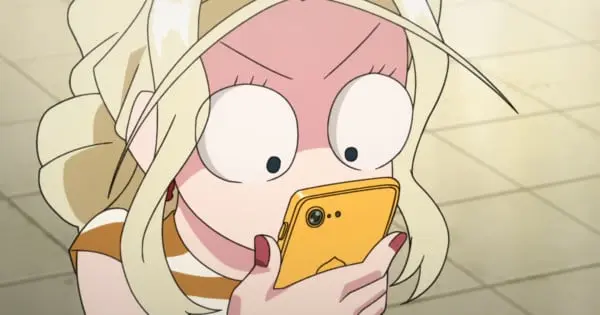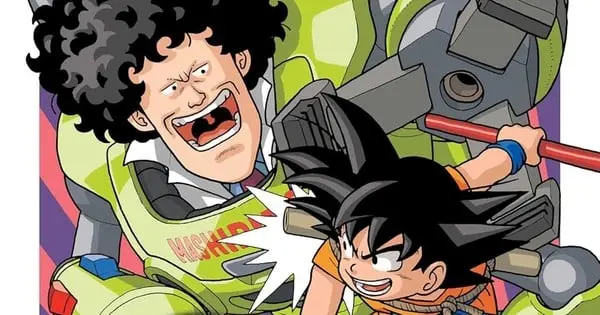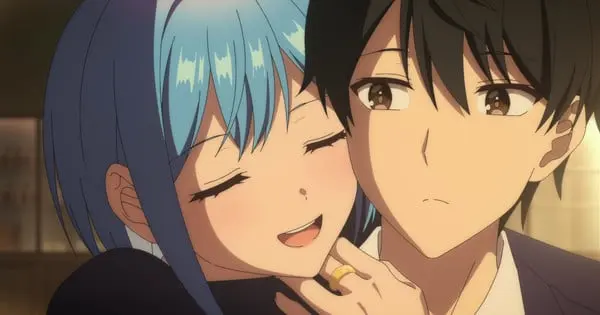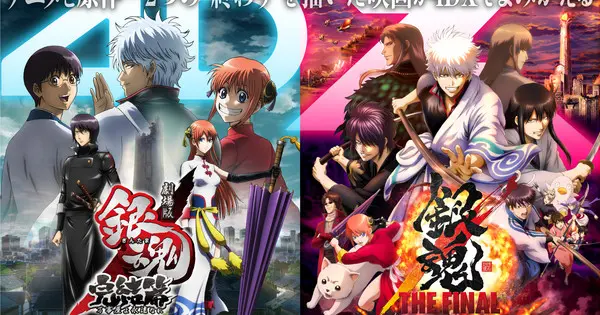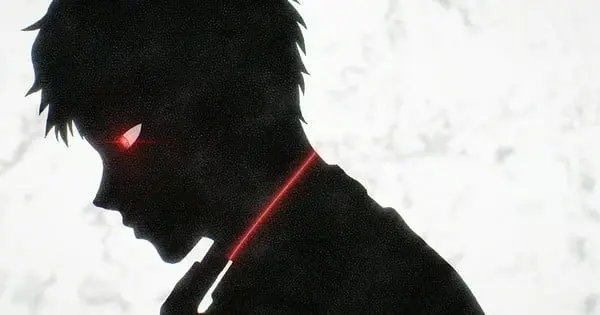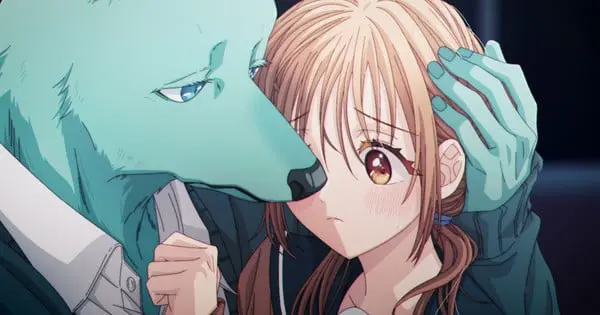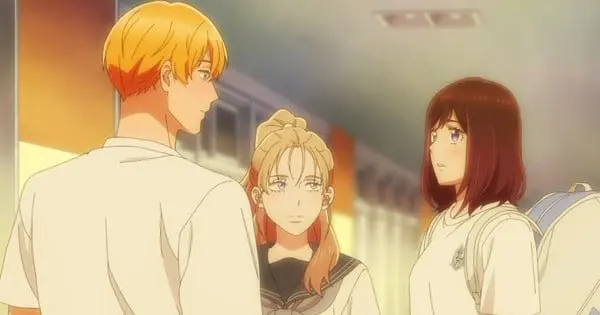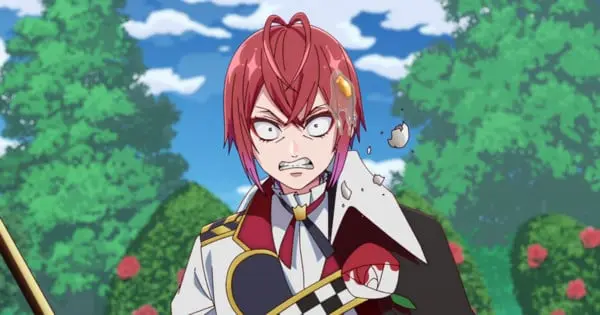The chilling and emotionally resonant horror-slice-of-life anime, The Summer Hikaru Died (Japanese: Hikaru ga Shinda Natsu), has captivated audiences with its unique blend of supernatural mystery and deep emotional connections. As the series progresses towards its eagerly anticipated conclusion, Episode 11, titled “Indo’s Sin” or “Indou’s Door,” delivered pivotal revelations and heightened the stakes, pushing both characters and viewers to the edge. This episode, which premiered on September 20, 2025, for most international audiences, delves deeper into the rural village’s dark history and the increasingly complex relationship between Yoshiki and the entity inhabiting his best friend, Hikaru.
The Haunting Premise of The Summer Hikaru Died
At its core, The Summer Hikaru Died tells the story of two childhood friends, Yoshiki Tsujinaka and Hikaru Indo, living in a seemingly idyllic rural Japanese village. Their unbreakable bond is shattered when Hikaru disappears into the mountains and returns a week later, profoundly changed. Yoshiki soon uncovers the horrifying truth: the real Hikaru is dead, and an otherworldly entity has taken over his body, mimicking his appearance, voice, and memories. Despite the fear and the profound grief of losing his true friend, Yoshiki chooses to keep this terrifying secret, unwilling to let go of the semblance of Hikaru he loves. The anime, produced by CygamesPictures, premiered on July 5, 2025, and is available globally on Netflix, offering a unique blend of horror and slice-of-life with underlying queer themes.
Episode 11: “Indo’s Sin” Unveiled
Episode 11 serves as a critical turning point, shedding light on ancient secrets that underpin the supernatural occurrences plaguing the village and the Indo family. The narrative intricately weaves together past and present, revealing the origins of the village’s curse and its direct impact on Hikaru.
A Deep Dive into the Village’s Dark History
A significant portion of Episode 11 is dedicated to Yoshiki’s quest for answers, leading him to his father, Toshinori, who reluctantly reveals the dark history of the Indo family. It’s revealed that long ago, an ancestor of the Indo clan, distraught over the death of his wife, made a desperate plea to the mountain god to resurrect her. In exchange for the protection of the Indo family, he promised the lives of other villagers. This pact resulted in the mysterious deaths of a third of the village, whose heads were lost, and the resurrection of his wife as a severed head, known as “Hichi-san,” which is kept in the Indo family shrine.
This revelation provides crucial context for Hikaru’s initial disappearance and what he might have been doing in the mountains. It also explains the passive-aggressive attitudes of the village elders towards the Indo family, connecting the present horrors to a centuries-old “original sin.” Yoshiki’s research further uncovers inconsistencies and unsettling imagery, including a drawing from the 1500s that resembles Nonuki-sama, the entity involved in the village’s troubles.
Hikaru’s Identity Crisis and Volatile Power
Parallel to Yoshiki’s discoveries, Episode 11 deeply explores the entity-Hikaru’s ongoing struggle with his identity and humanity. Having previously given a part of himself to Yoshiki, Hikaru finds himself weakened and increasingly vulnerable. This internal conflict manifests physically, leading to moments where his monstrous nature threatens to overwhelm him.
In a particularly terrifying sequence, while walking with Yoshiki in the school hallway, Hikaru undergoes a sudden and grotesque transformation. His eyes change drastically, and an ominous substance oozes from his neck as he menacingly approaches Yoshiki, no longer retaining his human form. This near-attack shocks both characters and viewers, highlighting the constant danger Yoshiki is in and Hikaru’s internal battle against his eldritch instincts.
Hikaru’s vulnerability leads him to confide in Kurebayashi, expressing his fear of being a danger to Yoshiki and contemplating returning to the mountains to protect everyone. He grapples with the idea of being a monster but also clings to the burgeoning desire for a place to belong, especially due to his growing care for Yoshiki. Kurebayashi, observing Hikaru’s emotional distress, considers the drastic measure of removing the entity from his body. This internal and external conflict showcases Hikaru’s evolution from a mere mimic to an entity developing genuine human emotions and a profound connection to Yoshiki.
Yoshiki’s Quest for Truth and Connection
Yoshiki’s journey in Episode 11 is not only about uncovering the truth of the village’s past but also about reconnecting with his emotionally distant father. Their conversation about the Indo family’s sin and the weight of their village’s history allows Yoshiki to better understand his own family’s connection to the events and offers a moment of poignant emotional bonding. Yoshiki, despite his fears, remains steadfast in his determination to understand and protect Hikaru, reflecting his innate kindness and strength.
Emotional Stakes and Viewer Reactions
The revelations and escalating tension in Episode 11 garnered strong reactions from audiences. Many viewers expressed fear and shock at Hikaru’s sudden transformation and aggressive behavior towards Yoshiki, underscoring the anime’s effective blend of horror and emotional drama. The episode’s ability to balance intricate lore with deeply personal character struggles is a testament to its compelling storytelling, cementing The Summer Hikaru Died as one of the most talked-about anime of the season.
Looking Towards the Climax
With Episode 11 having set the stage for a dramatic conclusion, the series, confirmed to run for 12 episodes, is now poised for its finale. The unraveling mysteries, coupled with the profound emotional journey of Yoshiki and Hikaru, promise a powerful and potentially heartbreaking climax. Audiences worldwide are eagerly awaiting how the series will resolve the ancient curse, Hikaru’s identity, and the fate of his unique bond with Yoshiki.

